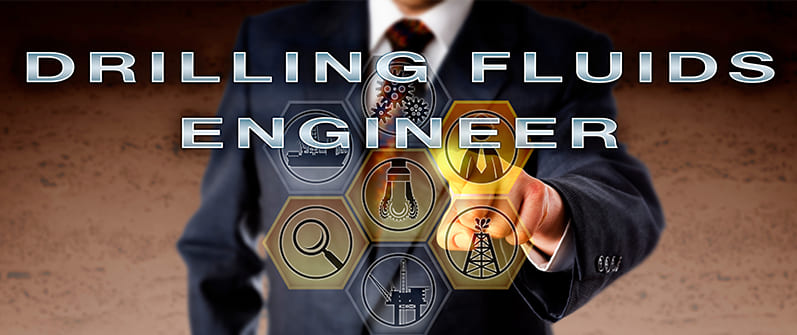Guide to Select The Best Drilling Fluid for Your Drilling Operation

Drilling fluid is usually called " drilling mud." If drilling engineering is compared to a human body, drilling fluid is its blood. Drilling fluid (DF) is a fluid that circulates through a borehole to aid the execution of a cost-effective and efficient drilling operation, which results in a stable and gauged borehole to the desired depth with the least amount of damage caused to potential petroleum feedstock source. During drilling, the fluid/mud is injected into the drill string under pressure and is expelled back to the surface through the drill string-borehole annulus. Cuttings from the drill bit are obtainable in the drilling fluid when brought to the surface. A significant component in drilling operation success is drilling fluid stability, performance, and efficiency. A drilling fluid's characteristics significantly impact the borehole's successful completion and cost.
Drilling fluid is essential to the drilling operation because of its ability to: (a) increase formation pressure and wellbore stability to prevent well control problems; (b) reduce formation damage; (c) transport formation cuttings to the surface; (d) suspend cuttings while circulation is stopped;(e) control subsurface pressure; (f) cool and lubricate the drill string and help with corrosion control (f) provide wellbore information and (g) minimize the risks to personnel, environment and drilling equipment.
Drilling fluids are comprised of various chemical components, namely:
Continuous Phase
The DF contains a continuous phase that serves as the drilling fluid's base material. The most common base materials are oil-based types such as diesel, kerosene, and fuel oil, or they can be water-based such as freshwater or saltwater.
Dispersed phase
In this phase, the other chemical components are distributed in the fluid's colloidal mixture. These include the following:
Weighting Agent Component
These are incorporated into the continuous phase suspended, dispersed, or dissolved to increase the overall density of the fluid. The most common weighting agents are barium sulfate (barite), hematite, iron oxide, and magnesium carbonate
Clay Component
These reactive solids, such as clays and organic colloids, improve fluid viscosity. The most common materials are bentonite clay, kaolinites, etc.
Lubricant Component
Lubricity properties are needed to reduce friction and drag, avoid overheating of mechanical components, and distribute the thermal load. Commonly these are found in water-based muds, which can be bio-lubricants derived from vegetable oil or polyesters. High lubricity drilling fluid can also increase the penetration rate, which may lead to substantial cost savings.
Other necessary additives are incorporated within the DF to improve its performance, such as a pH modifier, which uses potassium chloride as the most common pH control agent. Viscosity modifiers such as xanthan gum, glycol, or starch. Shale inhibitors are also used to limit the reaction of water with clay particles to improve drilling rate performance and increase wellbore stability. Common shale inhibitors are salts of potassium, sodium, or even encapsulating polymers and amines. Temperature stabilizers and deflocculant such as potassium lignosulfonate can be added to regulate the thermal load in the fluid for an efficient drilling process.





